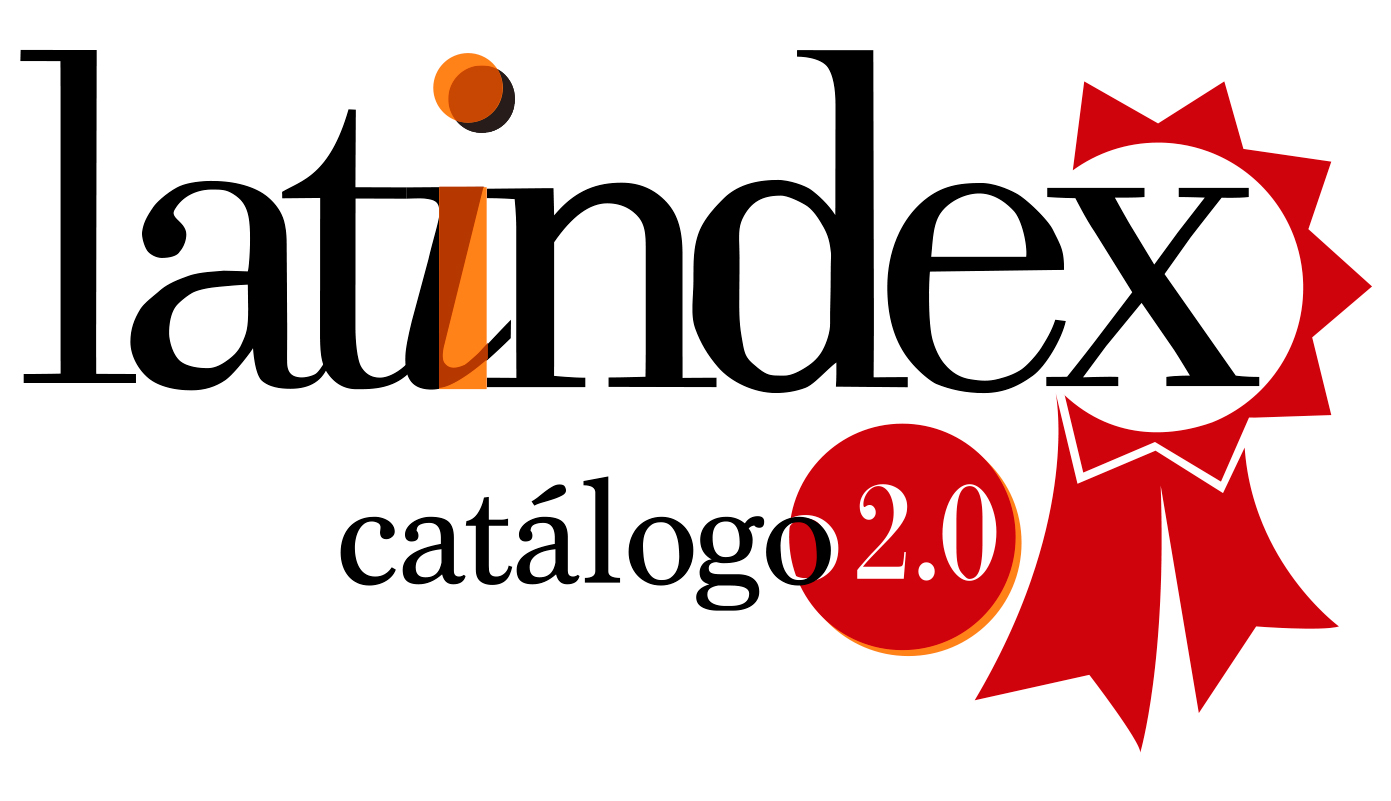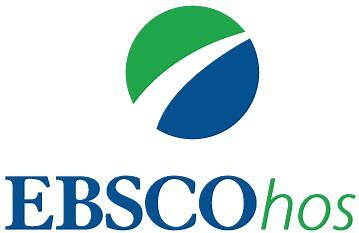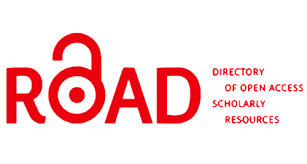Information For Authors
EDITORIAL GUIDELINES
- AUTHOR GUIDELINES
- Article Requirements: The submitted articles must meet the following requirements:
a. Originality: The articles must be original and not have been previously published or under review in another journal. Additionally, they should not have been published or presented in conferences, seminars, or similar events. b. Topic: The articles should be primarily related to the research lines of the journal, various disciplines of law, and address relevant and current topics that contribute to the development and advancement of knowledge in this field.
The research lines of the Lumen Journal are primarily as follows:
- Person, Family, Bioethics, and Bio-law.
- Fundamental Rights, State, and Public Administration.
- Civil Law, Business Law, and Corporate Social Responsibility.
- Accepted Types of Papers:
The Lumen Journal only accepts research articles, academic essays, and jurisprudential comments. Submissions such as commentaries on laws, book reviews, and other documents such as opinions or critiques will be excluded.
Presentation Guidelines for Papers:
Contributions can be written in both Spanish and English, in letter-size pages, with a 3 cm margin on all sides, single-spaced, without spacing between paragraphs, without indentation in the first line, justified text, without small caps, and Arial font size 11 for the main text and size 10 for footnotes. Pages should be properly numbered, centered, and placed at the bottom of the page. The article should have justified margins. Italic font should be used for titles of works and journals, titles of sources, transcriptions of text from sources (e.g., articles from a code or law or paragraphs from a judgment), words in another language, and to emphasize a word or sentence in the work or its citations. The body of the works should be divided into numbered sections with Arabic numerals, with headings justified and separated from the main text. It can be further subdivided into paragraphs indicated by Arabic numerals followed by a period (1.). Headings should be justified to the left, without indentation, in bold. Works that do not strictly comply with the established editorial guidelines will be immediately rejected after a formal examination by the editorial team. The integrity of the editorial process is carried out through the Open Journal System (OJS) platform.
- Author Affiliation:
The papers must contain complete information about the affiliation of each author, including the institution to which they are affiliated, city, country, and email address. If there is more than one affiliation per author, one should be indicated as the primary affiliation. To facilitate anonymous peer review by scholars, authors must provide, on a separate first page from the main text, the author's name and any other information that could reveal their identity.
- Authorship Criteria:
The author should submit the manuscript text to the Lumen Journal website, along with the authorship declaration and publication authorization. The content, authorship, and originality of the articles published in the LUMEN Journal are the sole responsibility of the authors. UNIFÉ fully respects copyright, and authors should adhere to the Intellectual Property Regulations: https://www.unife.edu.pe/vicerrectorado_investigacion/vri3/vri_8_reglamento_propiedad_intelectual.pdf. In the case of co-authorship, the participation of each co-author should be indicated using the Contributor Roles Taxonomy (CRediT) system maintained by the Consortia for Advancing Standards in Research Administration Information (CASRAI), as applicable. Regardless of the contribution and registration system, all authors are equally responsible for the article.
- Academic Nepotism:
In accordance with international standards, the Lumen Journal seeks to avoid academic nepotism in the articles it publishes.
Therefore, it will only publish a maximum of 30% of articles authored or co-authored by individuals whose primary institutional affiliation is the Universidad Femenina del Sagrado Corazón (UNIFE), taking into consideration the total number of articles to be published in all sections of the journal.
The priority for publication of articles will be established based on the date of approval.
- Waiting List
Articles that have been approved for publication after the peer review process will be published in the order of receipt among the articles that have passed the review. However, if the limits imposed by the prohibition of academic nepotism have been exceeded, the article will be placed on a waiting list and will be published once the indicated restriction has been lifted. The maximum waiting time is six (6) months, and if publication is not possible within that time, the author has the right to withdraw the article and submit it to another journal or academic publication.
- Specific Rules Applicable to Each Type of Research Work
7.1. Research Articles: Scientific Nature: Only original and unpublished articles related to a study or research of interest in the legal field will be accepted, which are completed or whose progress allows the communication of their results. The articles must have a clear and concise structure and be presented in the following order: title, abstract (maximum of 250 words), keywords (maximum of 5), introduction, development, conclusions, and bibliographic references.
Length: They should not exceed a total length of 12,000 words, including footnotes, bibliography, and appendices if applicable.
Article Title, Abstract, and Keywords in Two Languages: The first page of the text should include the title in both Spanish and English. Then, two abstracts in Spanish and English, with a maximum of 250 words, and five (5) keywords or general descriptors of the subject matter should be included to facilitate search and retrieval in electronic bibliographic databases (in both languages). Thesauri for keyword consultation should be included.
7.2. Essays: Length: Essays should consist of documents or critical comments that should not exceed 12,000 words in total, including footnotes and appendices if applicable.
Article Title, Abstract, and Keywords in Two Languages: The first page of the text should include the title in both Spanish and English. Then, two abstracts in Spanish and English, with a maximum of 250 words, and five (5) keywords or general descriptors of the subject matter should be included to facilitate search and retrieval in electronic bibliographic databases (in both languages).
- Jurisprudence Section Comments: Contributions intended to be published in the Jurisprudence section should consist of comments on current judgments or lines of jurisprudence, whose analysis is relevant to the disciplinary area they address. The comments should not exceed a total length of 8,000 words, including footnotes and appendices if applicable.
8. Information to Consider for Submission of Papers:
As part of the submission process, authors are required to ensure that their submission complies with all the elements shown below. Submissions that do not meet these guidelines will be returned to the authors.
8.1. Publication Request: Present the manuscript mentioned above for evaluation by the Editorial Committee of the Lumen Journal, as well as by the academic peers considered by the Journal.
8.2. Authorship Responsibility: Certification of having directly contributed to the intellectual content of this manuscript, to the genesis and analysis of its data, for which they are in a position to publicly take responsibility for it and accept that their name appears on the list of authors.
8.3. Originality and Unpublished Nature of the Manuscript: Indication that the referenced manuscript is original and unpublished and is submitted only to the Lumen Journal, has
not been previously published, nor is it being or will be submitted for consideration to other periodicals while awaiting the decision of the editors of this Journal. It is also not under consideration for publication as part of a book or larger text.
8.4. Acceptance of Editorial Guidelines: Sworn declaration of knowledge and compliance with the editorial norms and policies of the Lumen Journal.
Therefore, the author must declare that the manuscript has been organized according to the "Author Guidelines":
- The text is written on A4-sized pages, leaving a 3 cm margin on all sides, with single spacing, no space between paragraphs, no first-line indentation, justified text, no small caps, and Arial font size 11 for the main text and 10 for footnotes. Titles are left-aligned, in bold, with Arabic numerals.
- On a separate first page from the main text, the author's name and complete institutional affiliation information (including the originating institution, city, country, and email address) should be indicated, as well as any information that may reveal their identity. Authors should also include their ORCID code.
- The bibliographic information actually cited should be incorporated as in-text citations and as complete references at the end of the work, strictly following the structure indicated in the "Guidelines for Bibliographic References" section.
- Conflict of Interest: Authors should declare any conflicts of interest that may affect the objectivity and rigor of the article.
- Ethics and Good Practices: Authors should ensure that the article complies with ethical standards and good research practices, and that copyright and intellectual property rights have been respected.
- ARTICLE STRUCTURE. The articles should be formatted as follows:
1.Article Title and Author's Name
2. Resumen and Abstract:
The resumen: It should not exceed 250 words (10 lines).
Abstract: It is the resumen translated into the English language.
3. Keywords (keywords that identify the basic concepts of the article's content). No more than five (5) keywords.
keywords (translated keywords in English)
- Introduction
Content The text should be written in clear and precise language, taking into account the reader who is not a specialist.
- Conclusions
Bibliographic References. Prepared according to the APA rules, seventh edition. INDICATE THE MINIMUM NUMBER OF REFERENCES. Note: The minimum number of references used is 20.
Evaluation Guidelines
1. Confidentiality:
1.1. Reviewer referees must treat all received information confidentially and not disclose it without the express consent of the author and the editor.
1.2. Reviewer referees must not use the information obtained from the articles for their own personal or academic benefit.
2. Objective Evaluation:
2.1. Reviewer referees must conduct objective and fair evaluations of the articles, based on the content and academic quality.
2.2. Personal biases or conflicts of interest must be disclosed, and any review in which there is a conflict of interest must be declined.
3.Academic Quality:
3.1. Reviewer referees must evaluate the originality, relevance, and methodological rigor of the articles.
3.2. The structure, style, and clarity of writing should be evaluated and commented on.
3.3. Reviewer referees are expected to identify the strengths and weaknesses of the article and provide constructive suggestions for improvement.
4. Timelines:
4.1. Reviewer referees must adhere to the deadlines set by the editor for the review of the articles.
4.2. In case of being unable to meet the deadlines, the editor must be notified in a timely and justified manner.
5. Conflict of Interests:
5.1. Reviewers must declare any known conflict of interests that may affect their impartiality in reviewing an article.
5.2. Conflicts of interests may include personal, professional, or financial relationships with the authors or other interests that may influence the review process.
6. Responsibility and Ethics:
6.1. Reviewers must act ethically and responsibly throughout the entire review process.
6.2. Copying, reproduction, or unauthorized use of the article's content is not allowed without the explicit permission of the author and the editor.
7. Procedure and Approximate Duration of the Double-Blind Peer Review Process
7.1. Article Submission: The author submits their article to the journal through the Open Journal System (OJS) platform for consideration. The editor performs an initial review to assess the article's suitability for the scope and requirements of the journal. This initial editorial review is typically completed within a maximum of 7 business days, but it may be extended depending on the volume of received articles. Indicate if plagiarism is evaluated in this phase and with what procedure.
7.2. Selection of Reviewers: The editor selects one or multiple reviewers who are experts in the field of the article. Reviewers are chosen based on their relevant experience and knowledge to effectively evaluate the content of the article. This process takes between one (1) to three (3) weeks, depending on the availability of the reviewers.
7.3. Anonymity: Before sending the article to the reviewers, any information that may reveal the authors' identity, such as name, institutional affiliation, or other identifying details, is removed. This ensures that the review process is blind, meaning the reviewers do not know the authors' identity, and vice versa.
7.4. Article Evaluation: Reviewers critically read and evaluate the article. They consider aspects such as originality, relevance, methodology, structure, and the quality of the presented research. They also assess the clarity and coherence of the article, as well as the validity and robustness of the results.
7.5. Evaluation Duration: The duration of this process can range from four (4) to eight (8) weeks. However, in some cases, it may take longer if the article is complex or if reviewers need more time to conduct a thorough evaluation.
8.Review Report: Reviewers prepare a review report that includes detailed comments and suggestions on the article. In this report, they highlight the strengths and weaknesses of the article, identify possible improvements, and provide recommendations regarding its suitability for publication.
9.Editor's Decision: Based on the reviewers' reports, the editor makes a decision regarding the article. Possible decisions include acceptance without modifications, minor revision, major revision, or rejection.
10.Feedback to Authors: The editor communicates the decision to the authors, and in the case of necessary revisions, provides them with the reviewers' comments and suggestions to help improve their article. Authors will be given a period of fifteen (15) calendar days to address the observations made to the article. If this deadline is exceeded, the article will be rejected.








